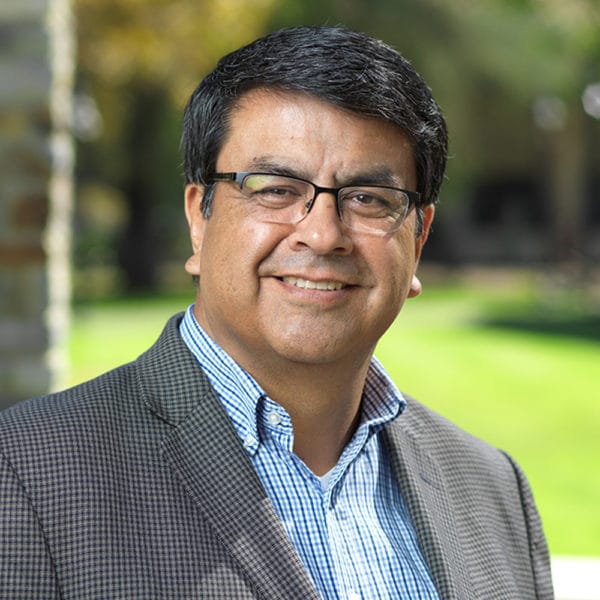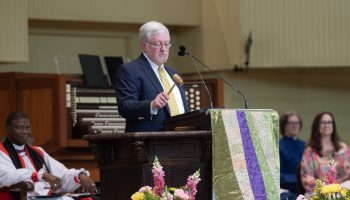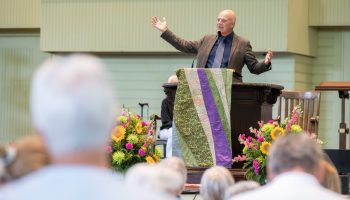
The power of Pentecostalism, Daniel Ramírez told Christianity Today in 2020, is that people can — and have — take it and make it their own. This means the religious movement is so wide, so diverse, that several years ago some scholars tried out a new term to describe Pentecostals who weren’t, well, Pentecostal — at least in name. The term was “Spirit-empowered Christians,” and some said it didn’t quite capture the expanse, and differences, of the world’s Pentecostals.
After all, Ramírez told Christianity Today, “it’s tough to nail Jell-O to the wall.”
About a quarter of all Christians nationwide identify as Pentecostal, and the movement is adaptable and portable; the faith, migratory.
Ramírez, who is now associate professor of American Religions and chair of the religion department at Claremont Graduate University, has spent much of his career researching the religious history of the Americas, focusing on migration, transnationalism and the borderlands, and he’s the author of the award-winning book Migrating Faith: Pentecostalism in the United States and Mexico in the Twentieth Century. He’ll speak at 2 p.m. today in the Hall of Philosophy, the third installment of the Week Four Interfaith Lecture Series and the theme “World Religion and a Shifting Population.”
Migrating Faith opens in 1906 with the Azusa Street Revival in Los Angeles, viewed by many as the catalyst for Pentacostalism’s spread in North America. With the U.S.-Mexico borderlands now considered an important fountainhead of the movement, Ramírez looks at this region and examines the movement’s trajectory through the lenses of migration, culture and music.
“Like the hydrological basin that shapes the course of the river known on its northern bank as the Rio Grande and on its southern bank as the Rio Bravo, early borderlands Pentecostalism can provide clues about patterns and flows downstream and in other regions,” he wrote in Migrating Faith. “In particular, the history of its immediately subsequent transnational flow, with salient features of migration, mobility and musicality, can help us chart more precisely the seemingly muddled waters of contemporary global Pentecostal effervescence. This historical expedition seeks to return to fountainheads and prime tributaries that shaped the force and flow of modern Pentecostalism.”




